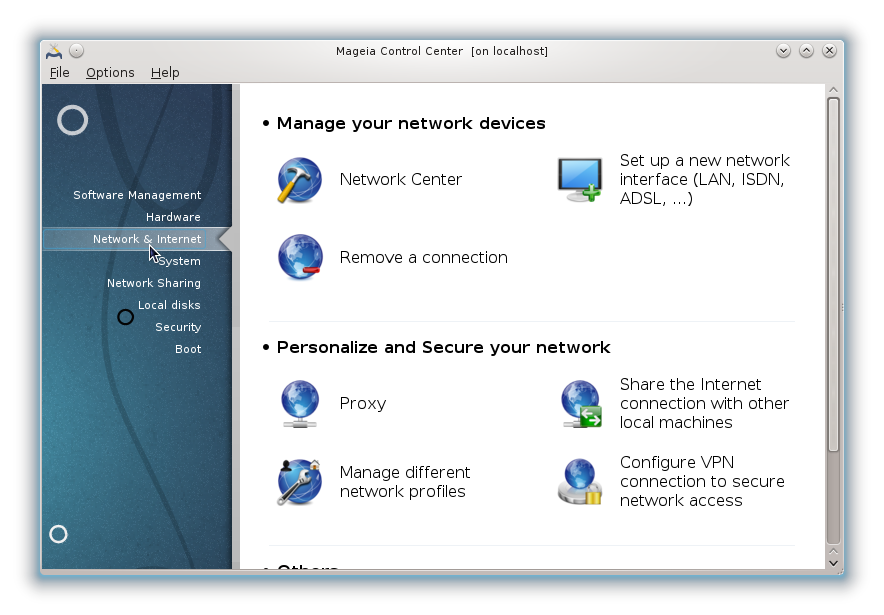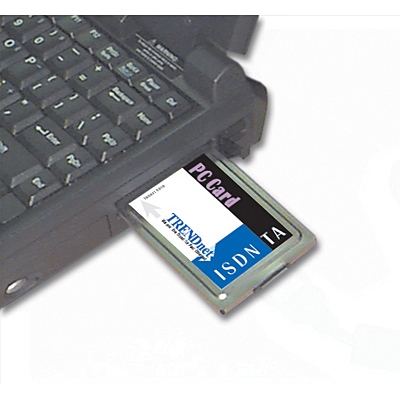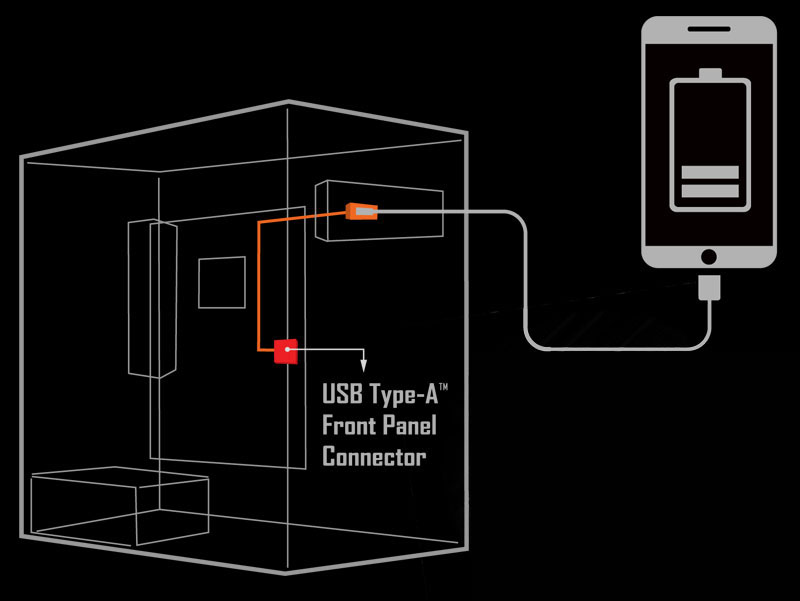ISDN is a circuit -switched telephone network system, that also provides access to packet switched networks, designed to allow digital transmission of voice and data over ordinary telephone copper wires, resulting in better voice quality than an analog phone. With Integrated Services Digital Network, one can run as many as 2, 10, 20 or 30 channels that could be run with a single line. ISDN is also called a circuit-switched telephone network system, which has been designed for the digital transmission of data and voice over ordinary phones. Unlike the PSTN, the ISDN provides better voice quality.
Isdn Network Topology
A plain-English explanation of ISDN
Integrated Services Digital Network (ISDN) is an international standard that defines a worldwide, completely digital switched telephone network. ISDN is designed to carry large amounts of information and has a number of potential uses, such as high-speed modem communications and desktop videoconferencing. For broadcast and professional audio, ISDN offers unique opportunities for the transmission of high-quality audio.
ISDN configurations: The form of ISDN of most interest to broadcasters and audio professionals is Basic Rate Interface, or BRI. (In Europe, this service is called S0.) On a single pair of ordinary phone wires, BRI offers two 'bearer' channels at a 64kbps transmission rate and one 'data' channel at 16kbps. This configuration is often referred to as 2B+D. When ISDN BRI is installed in your facility, each line is brought in on only one pair of wires.
ISDN is full duplex and calls are dialed and routed just like analog calls. The Telos Zephyr uses the two 'B' channels for bidirectional audio (transmitted as digital data), ancillary RS-232 data, and inter-unit signaling. The 'D' channel is reserved exclusively for telephone network signaling.
There is also ISDN Primary Rate Interface (PRI), called S2M in Europe. In the Western Hemisphere, PRI offers 23 'B' channels and one 'D' channel. In Europe and Asia, this service offers 30 'B' channels and one 'D' channel. ( While the Zephyr does not support PRI directly, special equipment or a PBX switch can break a PRI into multiple BRI's.)

ISDN Basic Rate Interface (BRI) is often called '2B+D', referring to its three duplex channels.
ISDN availability and cost: From Germany and Portugal to Hong Kong and Singapore, ISDN lines are used extensively. The opportunities for connectivity between countries is increasing, and international calls can be accomplished effortlessly. In the US, the Regional Bell Operating Companies are gradually making ISDN available in more localities. Currently, there is better than 85% coverage, and by the end of 1996, ISDN should be available in nearly all of the US. Most long-distance ISDN connections within the US are 64kbps, with a few connections limited to the old 56kbps standard. Zephyr can operate at both rates with the same superior performance. In most countries, the monthly maintenance fees and per call charges for each 'B' channel approximate the costs of an ordinary analog business line. Generally, ISDN costs significantly less than dedicated lines. And an ISDN 'B' channel can be used as a standard analog phone line, using a special ISDN telephone (or a POTS terminal adaptor and a regular phone), when full bandwidth is not required.
Isdn Network & Wireless Cards Driver Download For Windows 10
ISDN versus other services: Switched 56, as the name implies, has only one channel at 56kbps and is often available in US locations where ISDN service has not yet been implemented. An ISDN number can call a Switched 56 number and vice versa. When used with an external CSU/DSU, the Telos Zephyr works flawlessly with Switched 56. In addition, Zephyr, using its V.35/X.21 data port and an external CSU/DSU, can also transmit high-quality audio over fractional T-1, DDS (dedicated digital service), or any similar service.
For point-to-point audio delivery, ISDN has advantages over satellite. ISDN eliminates the inflexibility of reserved satellite time. ISDN is fully two-way, and startup hardware costs are significantly lower. Overall, ISDN has significant advantages for most occasional and point-to-point feeds and offers economical and reliable backup to your satellite system. While satellite is still a viable choice for full-time, one-way, point-to-multipoint transmission, ISDN BRI and PRI can be a more flexible and economical option for moderate-sized networks. With ISDN cost declining in many locations, larger networks may find it a very appealing alternative to satellite distribution.

Like a modem is used with analog data communications, a terminal adapter must be used to interface the data from your codec to the telephone network's fully digital ISDN connections. Our Telos Zephyr makes connection to ISDN easy by incorporating both a codec and a terminal adapter into a single integrated unit. In the past, you needed to connect external terminal adapters to your codecs. Unlike other manufacturers who buy ISDN terminal adapters to build into their codecs, we developed our own. This enables us to enhance the feature set for broadcast users and create a unified, easy-to-use set of controls for both the codec and terminal adapter functions.
Return To
PSTN vs PSDN vs ISDN | Difference between PSTN,PSDN,ISDN
This page compares PSTN vs PSDN vs ISDN and mentions difference between PSTN, PSDN and ISDN networks. PSTN stands for Public Switched Telephone Network,PSDN stands for Public Switched Data Network and ISDN stands for Integrated Services Digital Network.
PSTN-Public Switched Telephone Network
PSTN stands for Public Switched Telephone Network.It consists of access network and core network.The connection between telephone and exchange is known as access network.The connection between exchanges is known as core network.
The modem is needed to connect computer for data communication as modem convertsdigital data to analog form in order to transmit on analog lines.The receiver side modem converts analog data to digital data.

Following are the features of PSTN:
• It uses circuit switching.
• Bandwidth is reserved in advance.
• Dedicated path is established between calling party and called party.
• cost is based on distance and call duration or time.
Refer Telephone System tutorial➤EPABX basics➤

PSDN-Public Switched Data Network
Following are the features of PSDN:
• It is designed and developed specifically for datatransmission rather than voice.
• Communication is shared i.e. many companies share switching network.
• It uses packet switching.
• It acquires and releases bandwidth as needed.
• No dedicated path exists between sender and receiver.
• Cost is not based on distance and time.It depends on usage of the data. Cost of service is normally lower than leased line.
Examples: X.25Frame RelayATM
ISDN-Integrated Services Digital Network
ISDN stands for Integrated Services Digital Network.It is designed for transmission of voice, data and video over digital line.
There are two forms used in ISDN viz. BRI (Basic Rate Interface) and PRI (Primary Rate Interface).
• BRI provides two number of 64 Kbps channel and single 16 kbps control channel.Total data rate supported by BRI is 144 Kbps.
• PRI provides 23 number of 64 kbps channel and single 64 kbps control channel.Total data rate supported by PRI is 1.544 Mbps.
Refer ISDN BRI vs PRI➤ISDN 2B1Q signal format➤ISDN tutorial➤
difference between circuit switching, packet switching and message switching
What is Difference between
Circuit Switching vs Packet switching
Packet Switching vs Message switching
RF and Wireless Terminologies
Share this page
Translate this page
